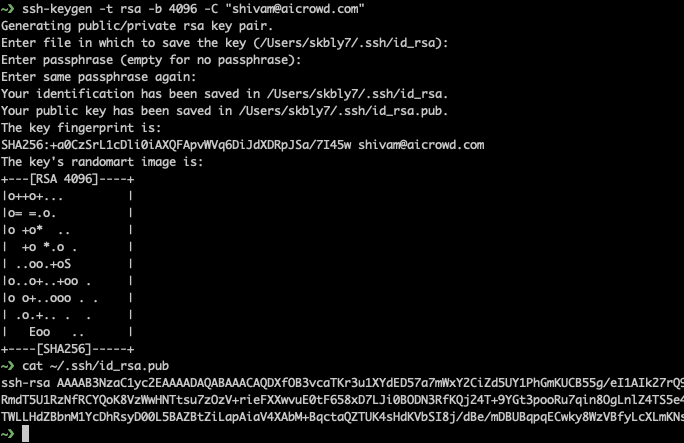

In the following example, the Socks5 proxy port 8080 listens for the IP address 192.168.1.10. The IP address is specified before the port number and a double colon is used for the separator. Alternatively, a specific interface or IP address can be specified to list as Socks5 proxy. This makes the proxy available for local usage and local applications. ssh -D 8080 Listen Specified Interface/IP Address For Socks Proxyīy default, the SSH proxy listens for localhost or 127.0.0.1. In the following example, the remote hostname is. ssh -D 8080 Īlternatively, the remote server can be specified with its DNS name or hostname. In the following example, TCP port number 8080 listens for local connections as Socks5.

Also, the local port number should be specified which is listened to on the client system. Settings to Enable VM Information Sources for Google Compute Engine. The ssh command provides the -D option in order to create a proxy.
Control remote connections by using intermediate proxy system. The intermediate system is called a proxy as the target system gets connection requests from this intermediate system. Proxy is a very popular and useful technique used to make connections to the target system via an intermediate system. This local port is in a listed mode where connections to this port are redirected or tunneled to the remote SSH server. base to configure which traffic to decrypt Setting up SSH Agent integration Step. The client connects to the remote SSH server via a regular way but also a port is created on the client system. Collector could not verify/register if using Palo Alto SSL decryption. This feature is also called SSH Tunneling. SSH also has other powerful features like proxying traffic from the client to the remote server. Tunneling with secure socks5 proxy, designed to protect your Internet traffic. Launch Putty and enter your server IP Address in the Host name (or IP address) field.SSH or Secure Shell is a very popular and secure protocol used to connect and sent commands to remote systems in an encrypted way. Windows users can create an SSH tunnel using the PuTTY SSH client. You can set up an SSH key-based authenticationĪnd connect to your server without entering a password. After entering it, you will be logged in to your server and the SSH tunnel will be established. Once you run the command, you’ll be prompted to enter your user password. If your SSH server is listening on a port other than 22. To run the command in the background use the -f option. - Your remote SSH user and server IP address. -D 9090 - Opens a SOCKS tunnel on the specified port number. -N - Tells SSH not to execute a remote command. If you run Linux, macOS or any other Unix-based operating system on your local machine, you can easily start an SSH tunnel with the following sshĬommand: ssh -N -D 9090 options used are as follows: You can use any port number greater than 1024, only root can open ports on privileged ports. That will securely forward traffic from your local machine on port 9090 to the SSH server on port 22. 
Server running any flavor of Linux, with SSH access to route your traffic through it.This tutorial will walk you through the process of creating an encrypted SSH tunnel and configuring Firefox and Google Chrome Your ISP (internet service provider) and other third parties will not be able to inspect your traffic and block your access to websites. This way, all your applications using the proxy will connect to the SSH server and the server will forward all the traffic to its actual destination. The simpler alternative is to route your local network traffic with an encrypted SOCKS proxy tunnel. One option is to use a VPN, but that requires installing client software on your machine and setting up your own VPN server There are times when you want to browse the Internet privately, access geo-restricted content or bypass any intermediate firewalls your network might be enforcing.







 0 kommentar(er)
0 kommentar(er)
